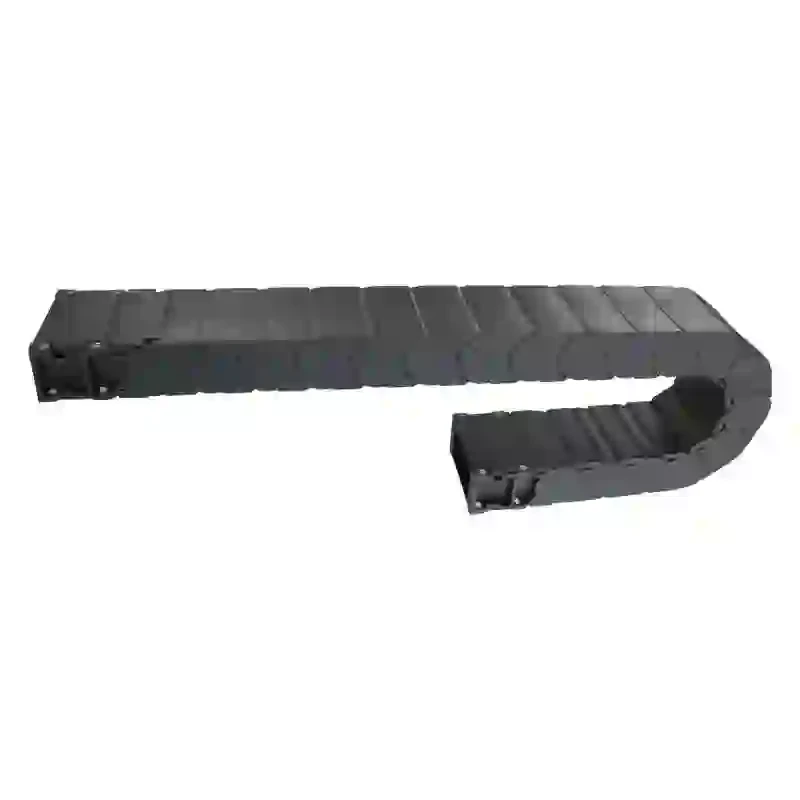cable carrier tray
The Importance of Cable Carrier Trays in Modern Electrical Infrastructure
In today's fast-paced industrial world, the efficient management of electrical cables is more crucial than ever. As technology advances and the demand for complex electrical systems grows, cable carrier trays have emerged as an essential component in ensuring the reliability, safety, and organization of electrical installations. This article explores the significance of cable carrier trays, their types, benefits, and applications in various industries.
What is a Cable Carrier Tray?
Cable carrier trays, commonly known as cable trays, are frameworks used to support insulated electrical cables. They provide a path for efficiently routing and protecting electrical wires in both indoor and outdoor environments. Typically made from materials such as steel, aluminum, or fiberglass, cable trays come in various shapes and sizes to suit specific applications. The design can range from open trays that allow for easy access to cables, to enclosed systems that protect wires from environmental hazards.
Types of Cable Carrier Trays
There are several types of cable trays available, each designed to meet specific needs
1. Ladder Trays The most common type, ladder trays, features two side rails connected by rungs, resembling a ladder. This design allows for optimal airflow, making it suitable for high-heat environments.
2. Perforated Trays Designed with hole patterns throughout the tray, perforated trays offer additional ventilation while supporting cables. These trays are flexible and can accommodate a variety of cable types.
3. Solid Bottom Trays These trays provide a flat surface for cable support and are typically used when the dielectric performance is critical, as they prevent dust and other contaminants from entering the cable system.
4. Cable Baskets Made from welded wire, cable baskets are lightweight and allow for maximum airflow to cables. They are easy to install and ideal for use in areas with frequent cable changes.
Benefits of Using Cable Carrier Trays
Implementing cable carrier trays in electrical installations offers several advantages
cable carrier tray

1. Organization Cable trays provide a systematic approach to organizing electrical cables. This organization helps reduce clutter in installation areas, making maintenance easier and improving safety.
2. Protection By securely containing cables, carrier trays protect them from physical damage, chemical exposure, and other environmental threats. This protection increases the longevity of the cables and reduces the risk of electrical failures.
3. Ease of Installation and Maintenance Unlike traditional conduit systems, which can be cumbersome and time-consuming to install and maintain, cable trays simplify the process. Cables can be easily added, removed, or rearranged as necessary.
4. Cost-Effectiveness The use of cable trays can lead to significant cost savings over time. Their durability reduces the need for frequent replacements, and their efficient design minimizes installation labor costs.
Applications Across Industries
Cable carrier trays are versatile and find applications in numerous sectors, including
- Industrial Manufacturing In factories and power plants, cable trays organize a myriad of electrical cables necessary for machinery, control systems, and lighting, ensuring safety and efficiency.
- Telecommunications In the telecommunications sector, where large volumes of data must be transmitted reliably, cable trays support the intricate networks of cables associated with data centers and communication hubs.
- Construction During construction projects, cable trays provide a safe and organized method for managing temporary electrical systems, ensuring compliance with safety regulations.
- Oil and Gas In hostile environments, such as oil rigs, cable trays protect cables from harsh weather conditions and hazardous materials, maintaining the integrity of essential systems.
Conclusion
As industries continue to evolve, the need for efficient cable management systems becomes ever more critical. Cable carrier trays play a vital role in maintaining the safety, organization, and functionality of electrical installations. By using suitable types of cable trays, industries can optimize their electrical infrastructure, reduce risks, and ensure smooth operations. Embracing this technology is not merely a matter of convenience; it is a reflection of modern industry's commitment to safety and efficiency.








